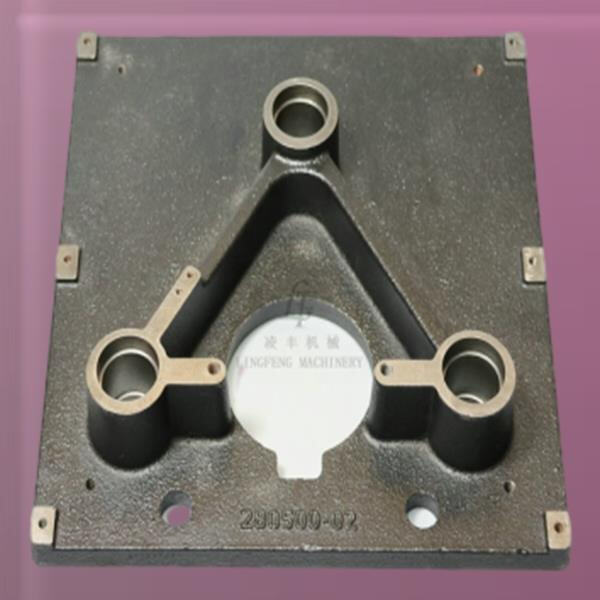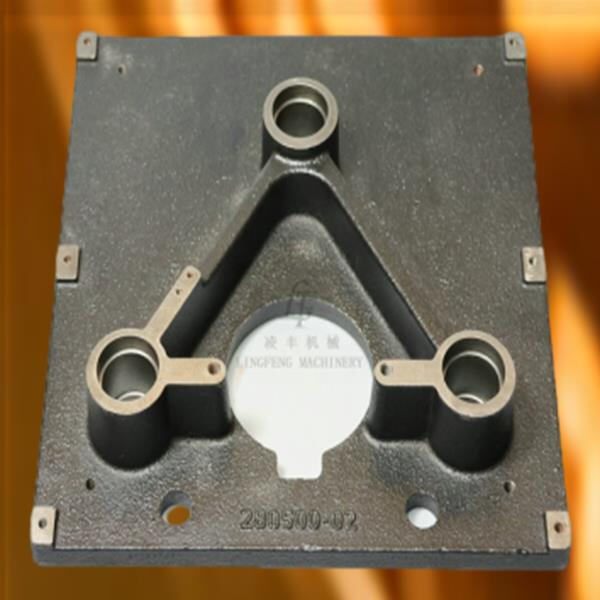Many objects in our surroundings are made of grey cast iron, a singular type of iron. It is called "grey" because when it breaks, the inside of it will appear grey in color. It is an easy-to-pour iron which works really well due to its high quality nature of properties. Grey cast iron comes in many types, and each type has unique features. This article will discuss the various types, their grades and how LF grey iron casting are used in everyday items.
Class: This one has the least amount of carbon than other counterpart B. Grey Cast Iron Fig. 1: Classification of grey cast iron: The fine grained steels are easy to form and cut. This is largely beneficial as it allows for the fabrication of metallic parts, such as cogs, pulleys and bushes. It is easy to work with and in this class the intricate designs are liked by many manufacturers.
Grade 30: The carbon percentage of this class is more than that of Class 20. This coarse graphite structure makes it stronger and more wear-resistant. Which means it can survive extreme environments for extended periods of time. Class 30 is frequently applied to larger components such as engine blocks, pump housings and pipe fittings that require strength and robustness.
Grade 40: This grade has the greatest carbon contrasted with the other two orders. LF cast iron grey has optimum abrasion resistance, making it suitable for all types of heavy duty applications. Class 40—This class is used for heavy loads, parts built up in weighty section, machine tool beds, crankshafts and gears. Made ultra-durable to endure even the roughest use cases.

Flake Graphite: This is the most common of graphite found in grey cast iron. Its name comes from the flaky shape it forms. Though more brittle than it, flake graphite may brittle the iron and cause it to break. That is why it is necessary to determine which kind of graphite there is in the cast iron according to the requirements on each application.

Ductile — Known as nodular graphite, this option gets its name from the round or nodular shape. It is formed when we add magnesium to iron during the melting operation. This addition increase the characteristics of the iron, making LF grey iron castings harder and more flexible as well as resistant to shock loads. Nodular graphite is used in applications where strength and toughness are required.

1- Temper Graphite: It is made by ultra-high temperature heating, and then rapid cooling of gray cast iron. This will convert the flake-like graphite into a fine, round shape. Annealing treatment of graphite increases iron strength so it can do its harder operating conditions and helps to avoid the knowledge/cataloged wear for a great deal cases from industrial application.
We own our own casting facility and have achieved the integration of production and trading. We offer better pricing and better quality than the majority of our Types of grey cast iron. We cut out the middleman and provide our customers with more price-competitive, high-quality products, and direct from the factory.
Our production lines are automated, CNC machining centers, and surface treatment workshops that work together to provide technical assistance to support mass production. We have the capability to meet requirements of any Types of grey cast iron while maintaining production standards.
Over 100 clients have been serviced by us, offering fast Types of grey cast iron and efficient solutions. We are able to satisfy a wide spectrum of customer needs including full customization or design based customization. Our expertise and experience ensure that every custom project is in line with the expectations of the customer.
Our 24-hour customer support team ensures that all inquiries are Types of grey cast iron answered quotes are given within 6 hours and custom solutions are made available within 12 hours No matter what time or location our customers call us we can promptly respond to them and provide professional services to ensure that their needs are addressed promptly

